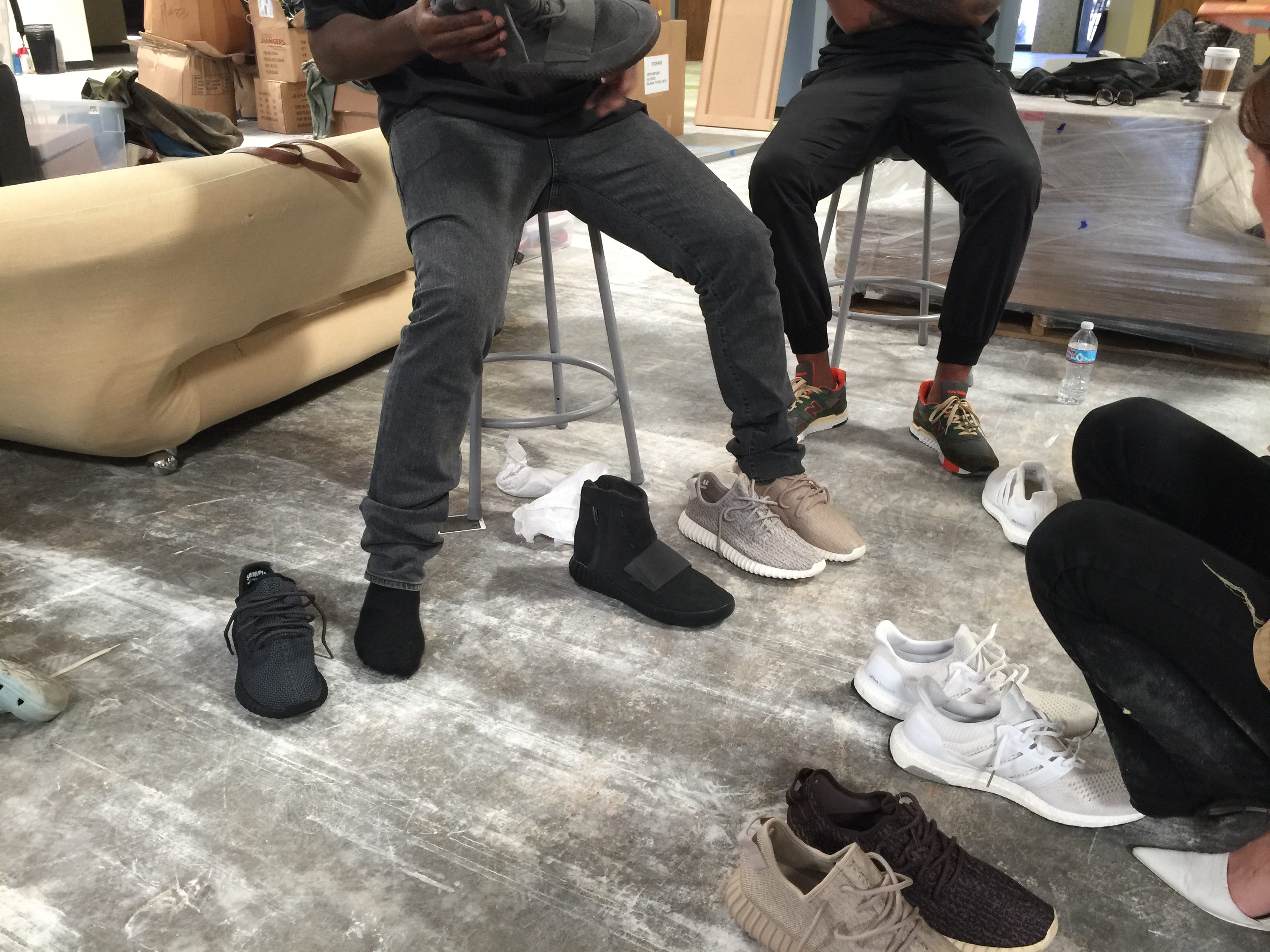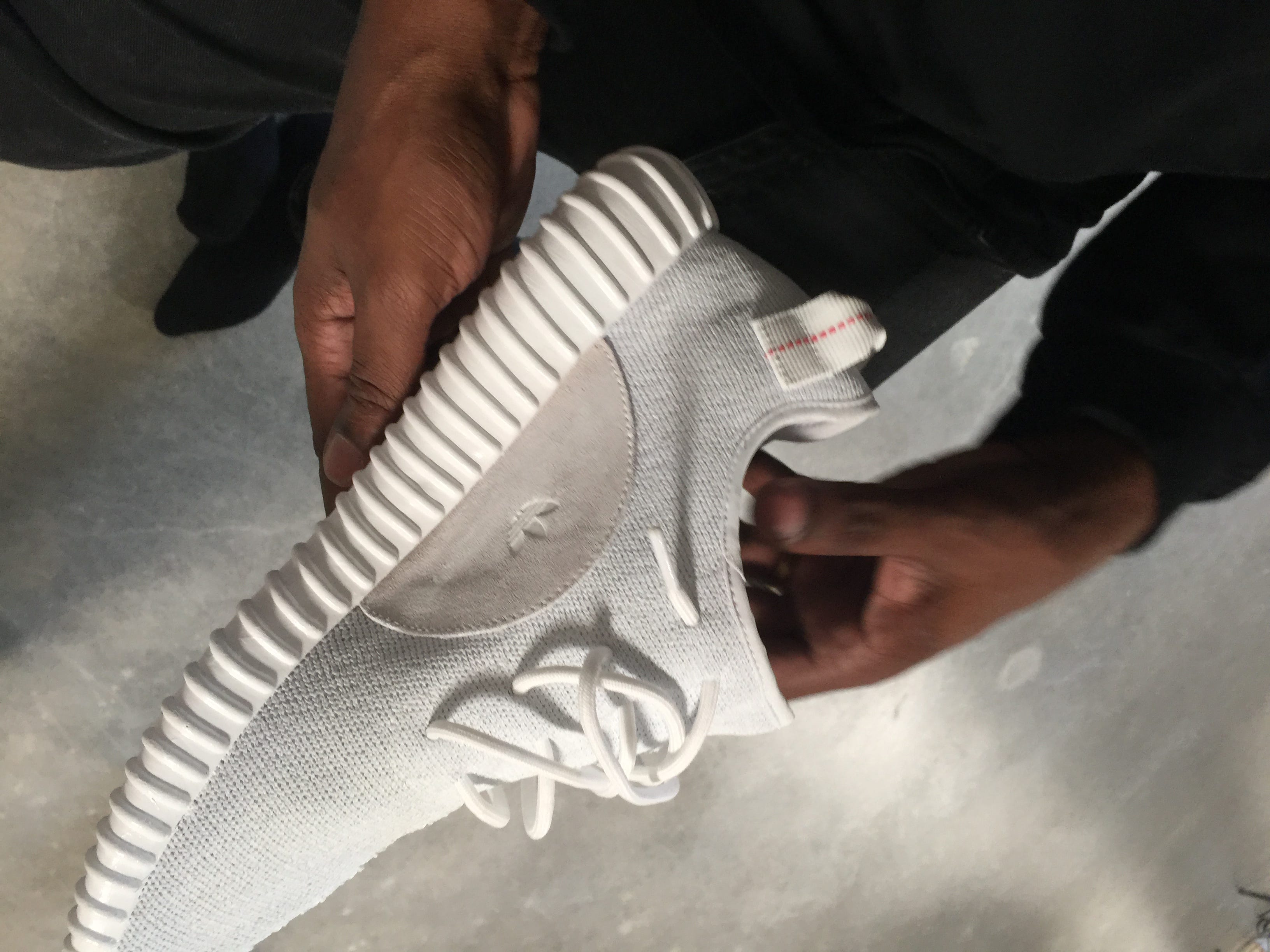
Hear Everyone
Sitting in a crowded 2018 Raddison Inn breakfast room I could hear a morning huddle that brought back memories.
A table of 10 suits was being directed with respect the day’s upcoming meetings. She was direct and forward and clear with her expectations of execution and outcome. She defined the players and prescribed solutions before problems might occur. For the 15 minutes I was within earshot she spoke with decisiveness and authority.
Mind you, I only overheard 20 seconds of the one-sided conversation, but I had already watched the full show several of times before.
When I first landed in corporate meetings, this was the norm. Big business card speaks big and you trickle down from there. As time went in I noticed that successful leaders operated less and less in this fashion. I watched new leaders emerge that listened to more of their teams opinion even if the final call rested on their shoulders.
This rise in listeners coincided with the fall in Saturday morning coaches barking plays & instructions for everyone to rally around. Check the industry and you’ll find the #metoo movement had a connection to those leaders.
The change in leadership first became obvious to me when a good friend became my boss.

Andreas Harlow was a mild mannered, no nonsense Kiwi that had a clear appreciation for creatives that didn’t have the cookie-cutter background. As Design Director in basketball he assembled an obviously different cast of characters to modernize the staple in Nike’s business that had lost its identity.
While I’d watch other designers lead by bringing teams together and getting them to buy off on a certain direction, Andreas admitted that he didn’t have a specific direction. He knew what we shouldn’t be and was forceful in assertion that Asics-knockoffs and rocket ships would not work. He would fight off requests for terrible ideas while he entrusted us with providing new solutions.
At one point the marketing department that wanted to play design director admitted that they no longer felt comfortable in the design department. “No,” he responded, “you don’t feel comfortable just doing your job.”
At Yeezy Kanye’s approach was similar.
In the early days — though in pretty sure the recruitment efforts haven’t changed much — Kanye found you and invited you to team personally.
Personally.
At one point there were a dozen of us in the room and one young lady was blown away that he had talked to us all personally when she had been found by a recruiter, interviewed and was hired.
We thought her story was the special one. She was the unicorn.

But because Kanye had individually spoken to almost everyone he hired he had a thorough understanding of what they brought to the table. So when we had meetings with people of all walks of life Kanye pushed to hear every opinion in the room that he might be helpful.
At times this was a struggle for Adi’s approach, which was still rooted in the older culture of leadership — I talk, you do.
But in Calabasas the interns had as much say as the directors if they offered something fresh to the conversation. Kanye fed on those youthful points of view and wanted to see them infused with those from polished veterans.
While that’s nothing new, the way he held court to maintain that balance was direct.
I can disappear in meetings. If I feel the conversation revolves around individuals in need of proving themselves right without cause, I tune out. I’m all up for a debate with those whose views I respect and whose purpose is positive. But when I smell “look at me” I like to let them burn themselves out.
At Yeezy those individuals always burned themselves out.
Early on Kanye would stop meetings with heavyweights from Adidas or his team to ask my opinion. Or Lucette’s opinion.
We were well tenured in our backgrounds and Kanye knew that. When others attempted to dismiss our perspectives he would double-down on us. We had no altering motives. We just wanted to make great product.

Over the years the team evolved and only those that respected the fact that the intern with very little design experience could design the Waverunner with Photoshop scraps and we could all help make it an actual shoe. The lack of hierarchy in his management was painful in many business aspects, but from the spirit of creativity and empowerment the best ideas came from the inclusion of everyone’s talents and ideas and feedback and sweat.
I often look toward the ability of Prince and Madonna to reinvent themselves by constantly surrounding themselves with youth and experience in order to build something new. The only way this works is when everyone stands up and shares their perspective or idea or execution — even if it’s terrible. When it’s from a good place and you aim to get better, the feedback will help you get better.
Good leadership knows how to engage everyone and then decide the best direction to proceed.

